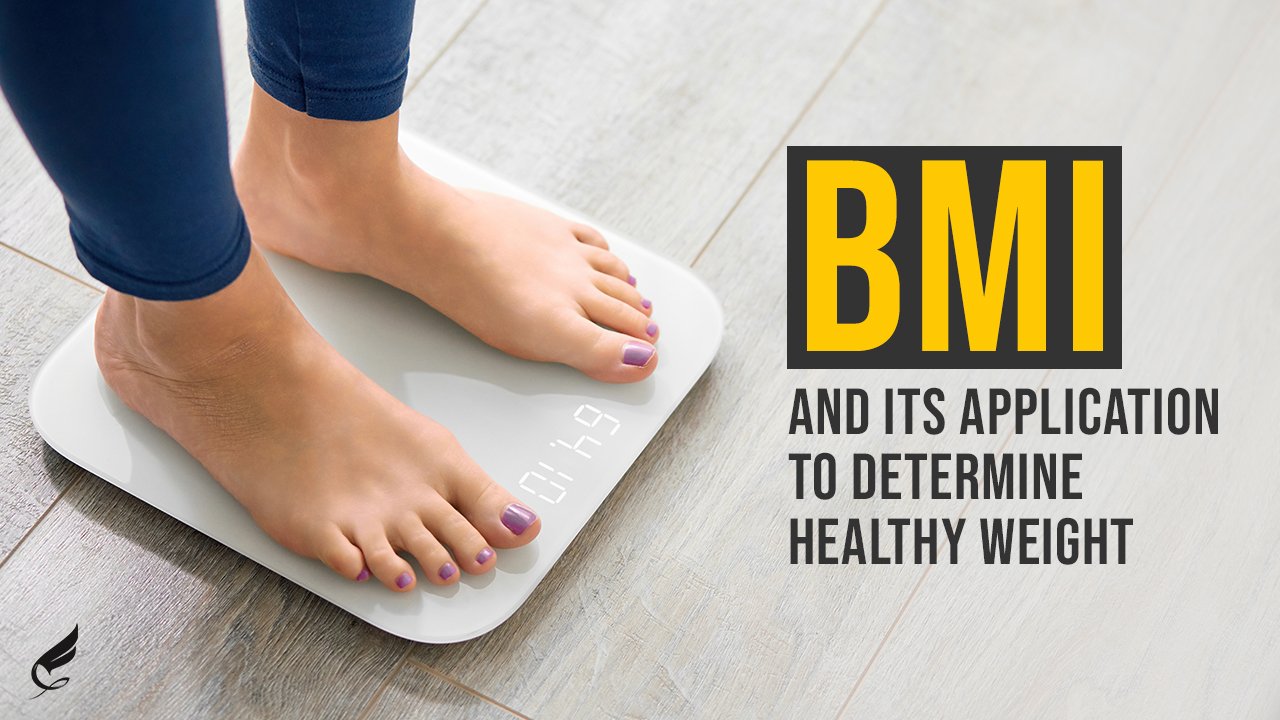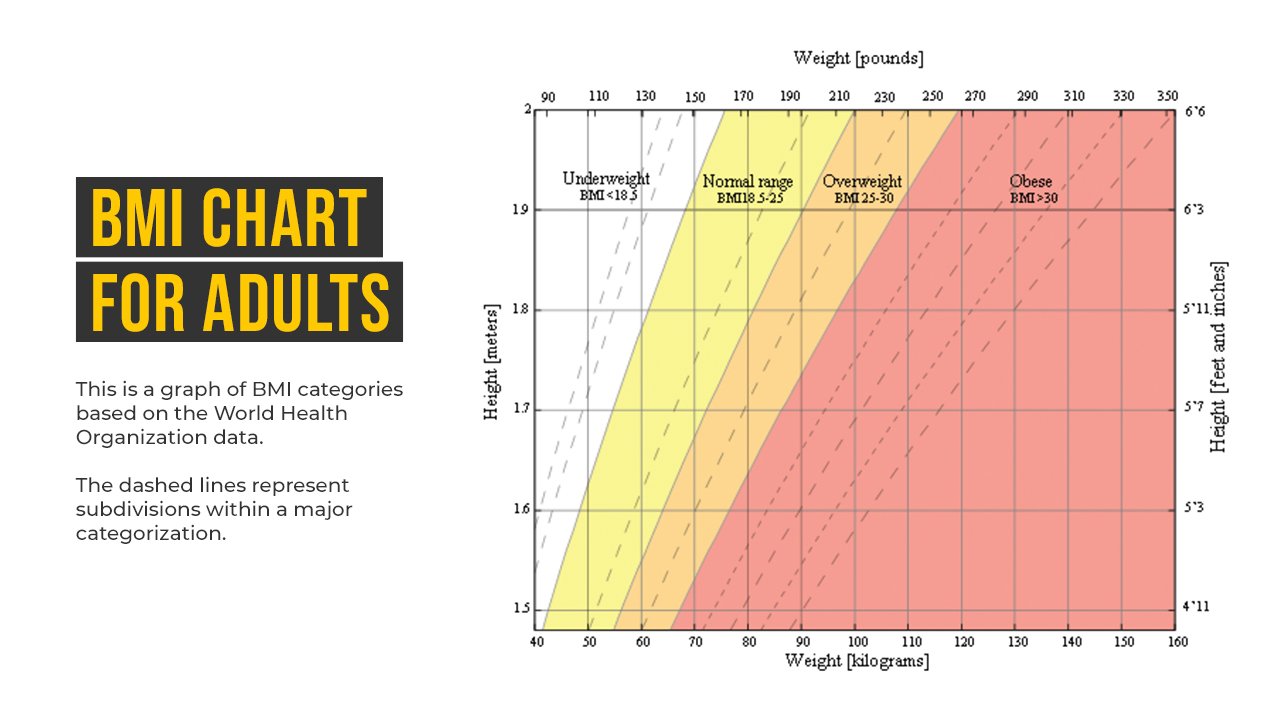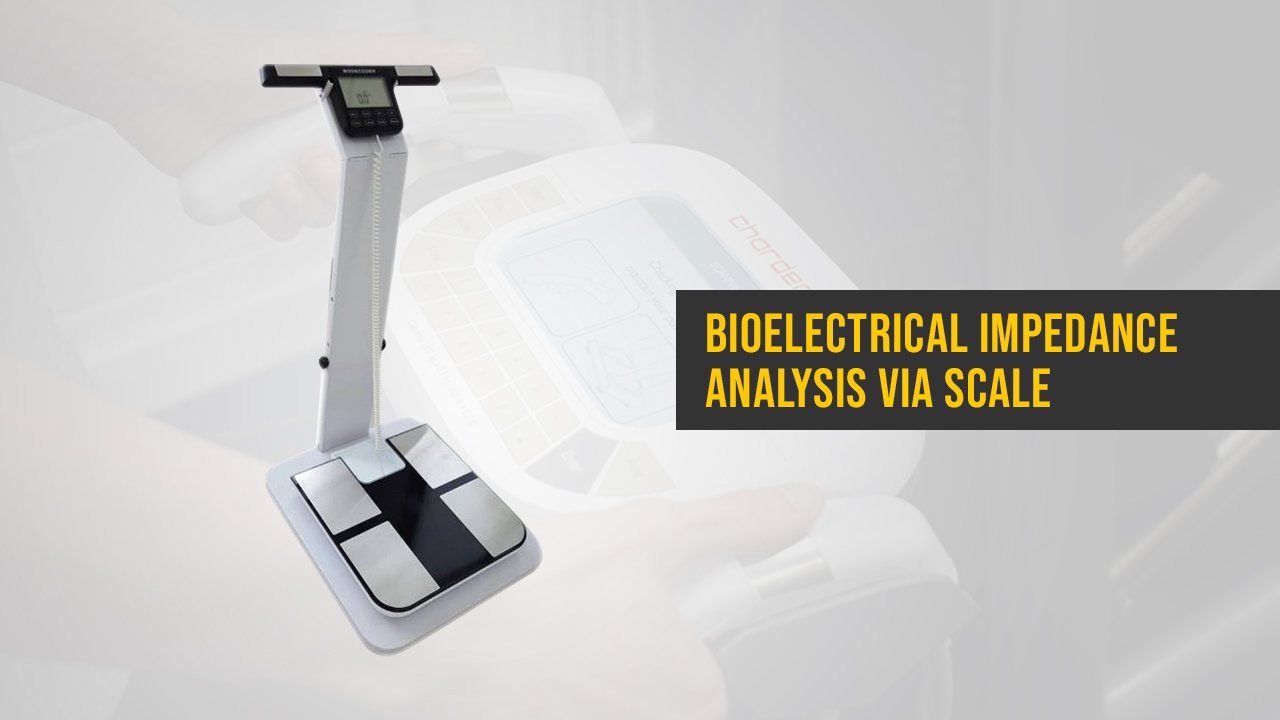The History, Meaning & Reliability of Body Mass Index (BMI) as a Tool Used to Indicate Body Fatness Amongst Different Populations and Genders
The BMI is a weight-to-height ratio used as an indicator of body fatness. It has been extensively studied, and many people use it to measure obesity among different populations or genders. The BMI was developed in the mid-1800s by Adolphe Quetelet, a Belgian mathematician, and statistician. He observed a correlation between weight and height and that this could be used to measure obesity. The BMI has been refined over the years, but it is still based on the same principle as Quetelet's original calculation.
Blog outline
What are the different BMI categories?
How to calculate your own BMI?
What are the limitations of using BMI to measure overweight & obesity?
What does scientific data say about BMI and risk factors for health?
What are the different BMI categories?
What other tools to use with BMI to make a more precise assessment when working with personal training clients?
A guide for personal trainers when it comes to client assessments!
Let us address the big elephant in the room!
Frequently asked questions and answers?
What is the fastest and cheapest method to assess whether my body weight should concern me?
Conclusion
1. What are the different BMI categories?
2. How to calculate your own BMI?
The BMI is calculated by dividing a person's weight in kilograms by their height in meters squared. A score of 25 or more indicates that a person is obese, while a score of 18.50-24.99 indicates that a person is overweight. A score below 18.50 means that a person is underweight.
What is the formula for calculating BMI?
BMI = (weight in pounds x 703) / (height in inches x height in inches).
Or you can use the body mass index calculator on the CDC website
3. What are the limitations of using BMI to measure overweight & obesity?
Recently there have been some issues emerging amongst certain groups of people who use the BMI to measure obesity. Let's look at the reasons why there might be limitations:
There are some populations where BMI does not work well compared to others because body composition varies between people of different ethnicities and genders. For example, Asian women are more susceptible than Caucasian women regarding heart disease risk based on their BMI scores. Similarly, Asian men and Black women seem more susceptible than Caucasian men and White women.
Although the BMI is a good indicator of obesity among different genders (although not as well within ethnicities), it does not work for use with children or adolescents who are still growing because their body composition changes throughout this period.
Muscle mass can also affect a person's BMI, so very muscular people might have higher BMI scores that do not accurately indicate obesity.
There is still debate about whether the BMI can measure body fatness among different ethnicities and populations because it does not consider other factors such as age, sex hormones (such as estrogen and testosterone), or body fat distribution.
Despite these criticisms, the BMI is still a widely used tool to measure obesity, and it gives us a good indication of how people's weight compares to their height. It is important to note that the BMI should not be used as the only indicator for obesity but rather in conjunction with other measures, such as waist circumference.
Obesity has become a global epidemic, and it is vital to have a variety of measures to assess obesity in different populations and genders. The BMI is one measure that can be used, but we must be aware of its limitations. It will continue to be refined over time as our understanding of obesity grows.
4. What does scientific data say about BMI and risk factors for health?
Even though BMI might be an imperfect tool for measuring health risk and obesity, it still shows a solid correlation with health outcomes like:
high cholesterol
liver disease
several types of cancer (such as those of the breast, colon, and prostate)
diabetes
arthritis
high blood pressure (hypertension)
sleep apnea
According to the World Health Organization, around 2.8 million people die each year due to obesity.
5. What other tools to use with BMI to make a more precise assessment when working with personal training clients?
As we explained, BMI is a great tool to assess body fatness and health, but it should be used in conjunction with some other tools to give us a more precise assessment.
Following tools can be used to assess obesity:
Waist to Hip Ratio
When measuring waist circumference, put a tape across the narrowest part of your waist (usually at the belly button level). When measuring the hip circumference, place the tape across the widest part at the hips.
The waist to hip ratio determines how much fat is stored on your waist, hips, and buttocks. Not all stored fat is equally bad for your health.
World Health Organization (WHO) states that a moderate WHR is:
0.85 or less for women &
0.90 or less in men.
A WHR higher than 1.0 in both women and men increases the risk of heart disease and other conditions that are linked to being overweight.
Body fat percentage calculation using skinfold measurements (Triceps, subscapular, supra iliac)
To do Skinfold measurements, you will need a caliper. Place the calipers parallel to each other so that they make an L-shape. Measure the thickest part of the skinfold and ensure that you are not pressing down on the fold. Ensure that you take measurements from different areas such as triceps, subscapular, supra iliac to get an accurate reading.
Limitations with skinfold measurements using calipers are that it requires lots of experience from the person conducting the assessment. It can also be challenging to measure these skinfolds on obese people with large body circumferences and high body fat levels.
Body Fat Percentage using bioelectrical impedance analysis
Bioelectrical impedance analysis is a portable device that gives us body fat percentages, and it can be used to measure obesity. It measures the body's resistance to a low-level electrical current. The more water someone has in their body, the easier it is for the current to flow through them. So, people with more muscle and less fat will have a lower body impedance than those who are obese or have more fat. This device is used all over the world. It is relatively cheap but is also highly inaccurate.
Some of the things that the bioimpedance scale measures are:
lean body mass
body fat percentage
intracellular water
extracellular water
PRO TIP: When working with personal training clients, ensure that you perform the measurements at the same time and apply the same protocol (empty stomach, morning)
DEXA scan
Dexa scan is considered the gold standard for measuring body composition. However, it is pretty expensive and not easy to find.
Dexa measures the following:
Bone mineral density
Fat mass
Lean body mass
Body fat percentage
6. A guide for personal trainers when it comes to client assessments
When working with personal training clients, it is vital to use a variety of measures to get an accurate assessment of obesity.
At Fortius Dubai, we use the following tools to assess our clients and compare results as they progress on their fitness journey.
Bioimpedance analysis that gives us information like:
Weight
BMI - Body Mass Index
Basal Metabolic Rate (we also use our own calculation)
Muscle Mass
Body Fat Levels
Water %
Anthropometric measurements that give us information like:
Waist to Hip Ratio
Chest Circumference
Arm Circumference
Gluts Circumference
Thigh Circumference
Progress pics that provide visual feedback on our client's progress:
Before Pic (at the start of the client's journey)
Progress Pics (every 2-4 weeks)
Tracking progress in the gym is also another vital tool to assess our clients' overall progress, but that piece of information we will break down in more detail in one of our upcoming blogs.
7. Let us address the big elephant in the room!
On social media platforms, I have had the chance to see a wide range of comments from which I will share a few with you:
"BMI has been created in the 19 century by cisgender males and can not be applied today."
"My BMI shows 31, and that does not mean anything, I am perfectly healthy and happy with my body shape."
"Hell with the BMI it is time to abolish something created by toxic males that are not real health professionals!"
"We are created to be different, which means that you should embrace and love your body even if you are 30 kilograms above your ideal body weight. Health risks only increase if you do not accept who you are!"
Ok, there is a lot to unpack here, but let me try to be as concise as possible.
Facts do not care about your emotions. Scientific data does not have feelings and does not hate you when it clearly states that the further you go from your healthy BMI, the higher your chances of having severe health problems.
Don't get me wrong, I am not saying that you should not love yourself the way you are. I am just trying to imply that we can not twist the truth to make ourselves feel better about who we are.
8. Frequently asked questions & answers
Can I have a high body mass index and still be healthy?
As mentioned above, BMI is a powerful tool to assess someone's health status; however, it has limitations. If a person has managed to put on a significant amount of muscle, they might be slightly overweight according to the body mass index; however, they might be extremely healthy and should not be concerned by what the BMI calculator says.
Can I be obese according to the body mass index and still be healthy?
Yes, you can, but in many more cases, people who are obese according to the body mass index (BMI) will have higher health risks than people with a healthy weight range.
I am severely obese. How do I start getting my life in order?
Here are my top tips for anyone who wants to reduce their body weight and reach an appropriate body mass index:
Avoid processed foods
Fix your eating pattern (regular eating time)
30 min daily walks (never miss a day)
If you want to find out more, you can read my blog: "34 Tips for Weight Loss That Actually Work" and "Is it Worth Hiring a Personal Trainer"
Can someone have an average weight according to the BMI and still be unhealthy?
People can most definitely have their BMI in the "healthy range" and still be unhealthy but scientific data shows us that the more we deviate from the optimal BMI values, the higher our risk for:
chronic disease
diabetes
high blood pressure
heart disease
stroke
certain types of cancer
sleep apnea and respiratory problems.
So, while BMI is not a perfect indicator, it is still valid, especially when paired with the Hip to Waist ratio.
9. What is the fastest and cheapest method to assess whether my body weight should concern me?
Waist to Hip Ratio is the easiest and faster way to assess whether you need to go on a healthy diet and start exercising.
A waist circumference to hip circumference higher than 1.0 in both women and men increases the risk of heart disease and other conditions that are linked to being overweight.
You measure your waist at your navel and measure your hips at the widest part. Divide your waist measurement by your hip measurement to get your WHR.
If you use the Waist to Hip Ratio and calculate your BMI, you will have a pretty good picture of your health status and whether you need to take any urgent actions.
10. Conclusion
The body mass index (BMI) is a tool that can be used to indicate whether or not someone has an unhealthy weight. BMI does have its limitations, but it still provides some information about health risks for people who are either overweight or obese, according to the measure. With other tools like the Bioimpedance scale, calipers, Dexa scan, and blood work will give a clearer picture of people's health status.
I hope that you found this article helpful and that you have managed to increase your knowledge so we can work together on improving public health outcomes. I am not a doctor, and I do not provide medical advice. However, as a health professional with over ten years of experience helping people live their best life (interlink with success stories), I feel like I have the right to shed some light on important topics that can help you improve how you move, feel, and breathe.
If you are looking for Personal Training in Dubai or want to know more about our Premium Online Body Transformation Program, do not hesitate to get in touch with us.
Stay Strong #BeFortius
Additional related resources:
Services: Fortius Dubai Personal Training
Services: Fortius Dubai Life Coaching











